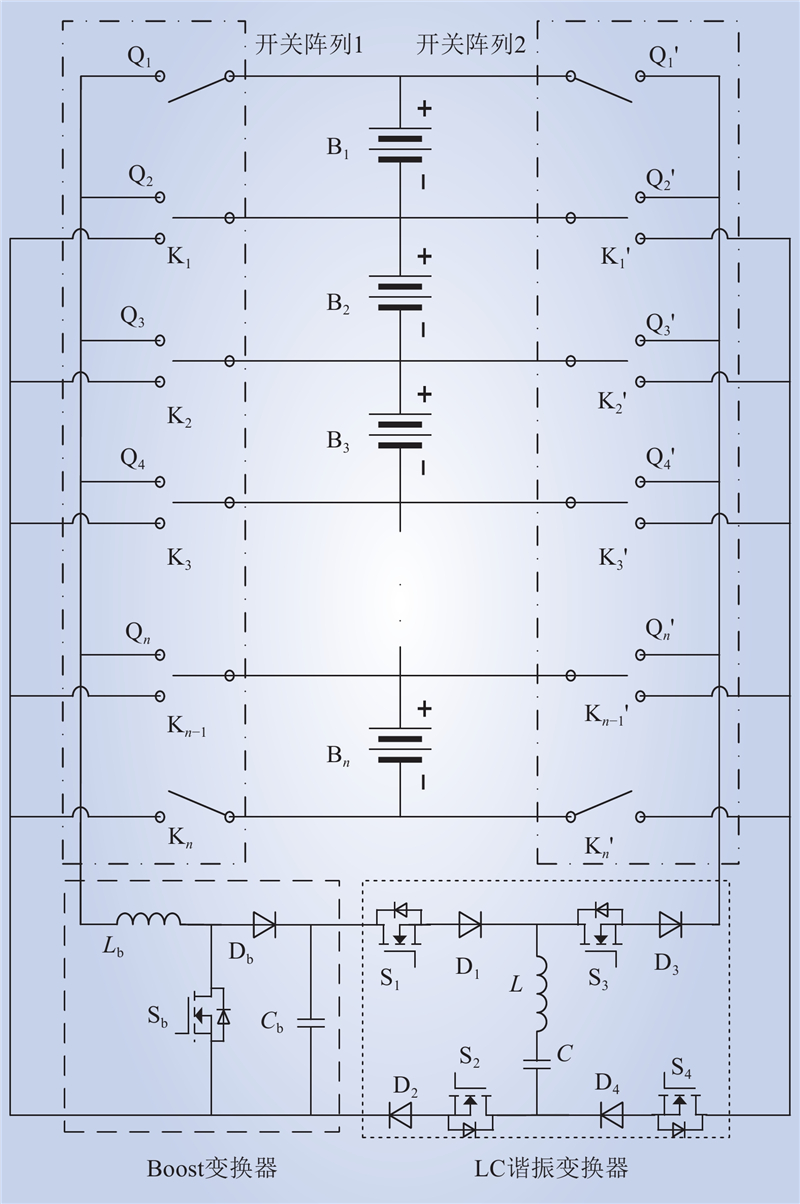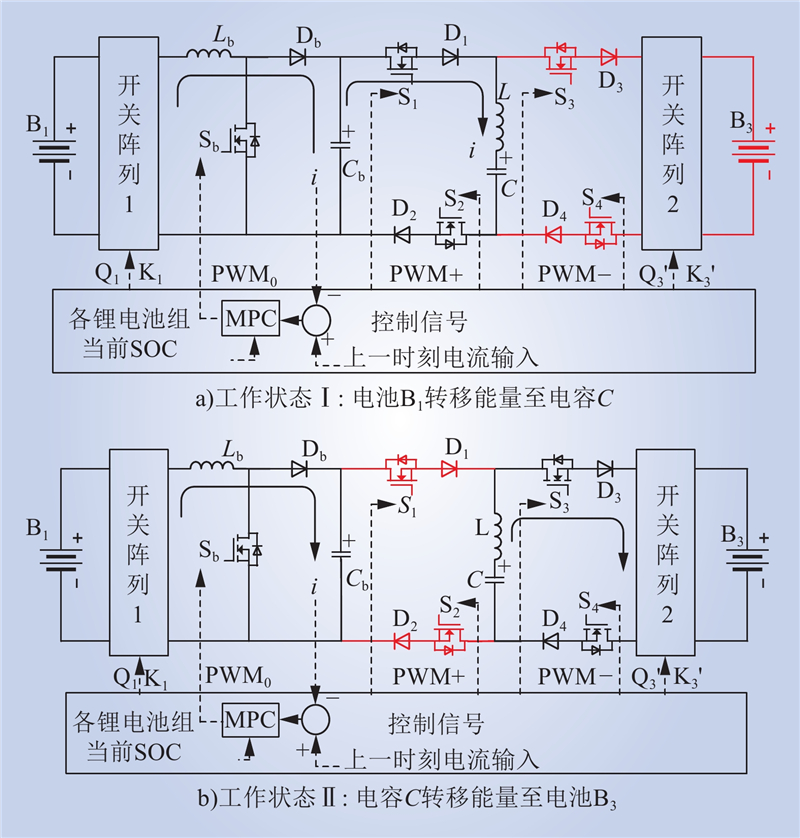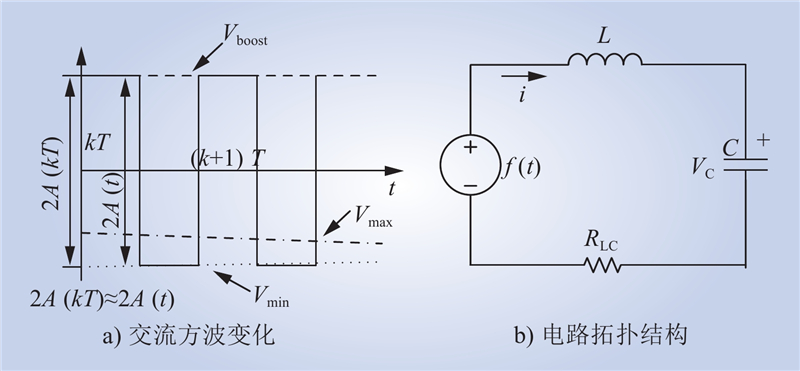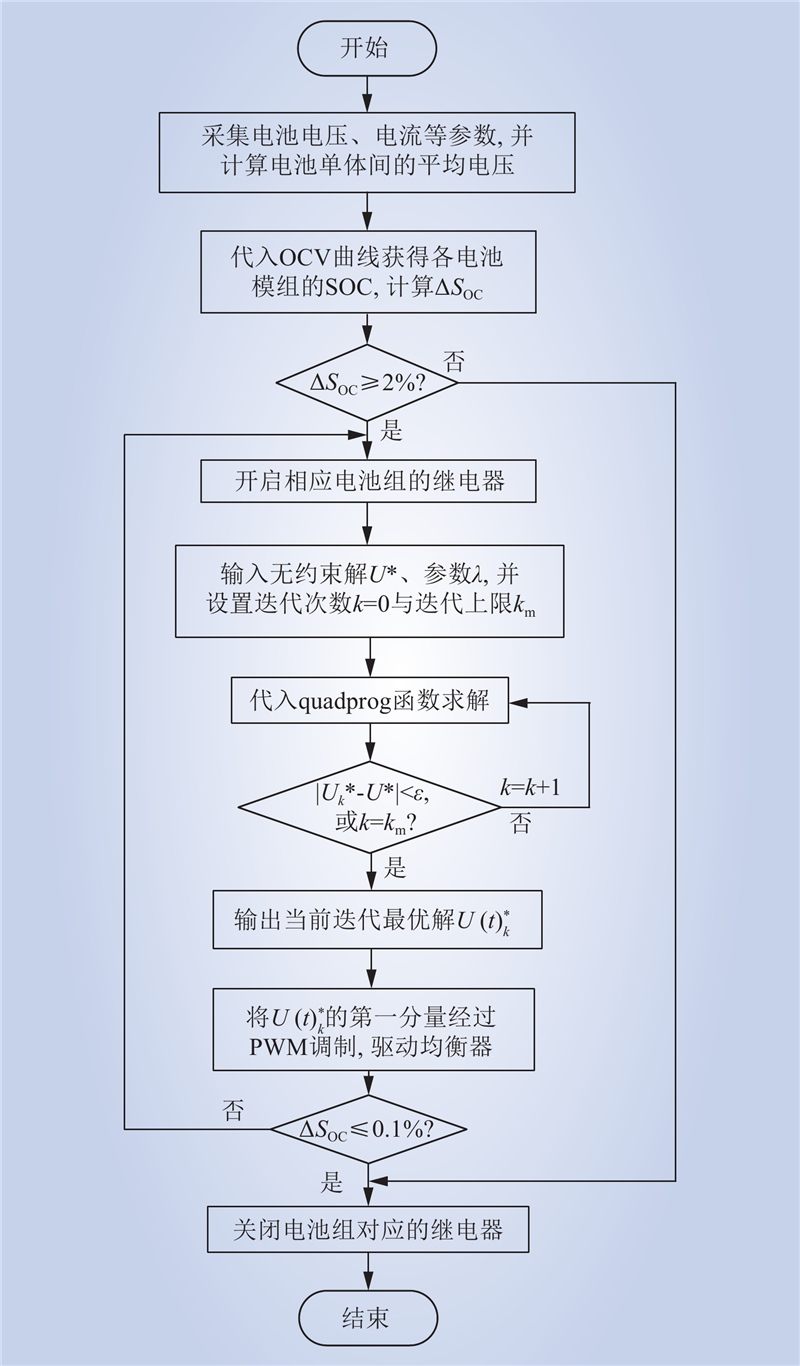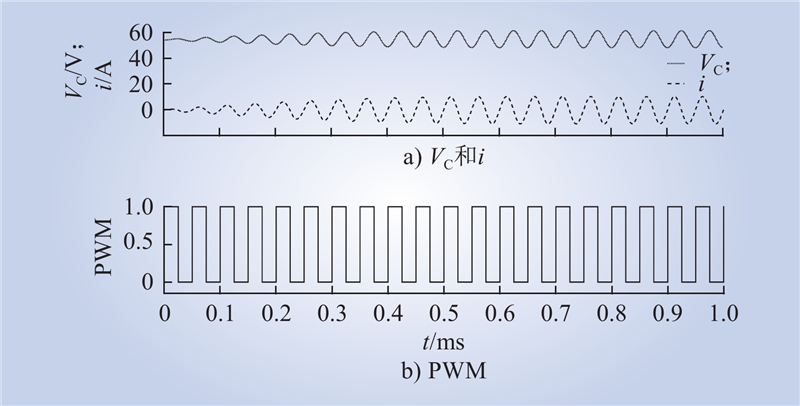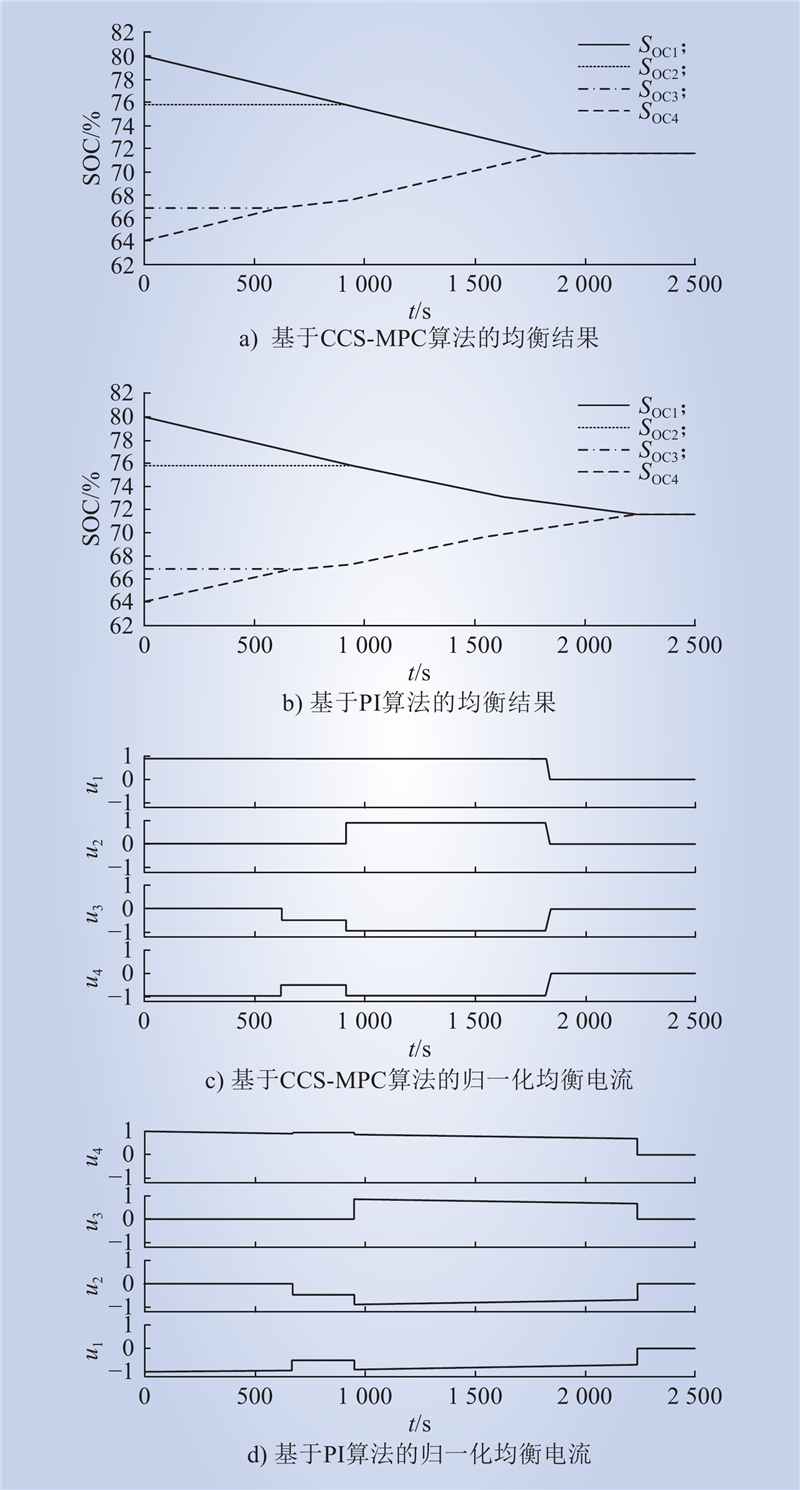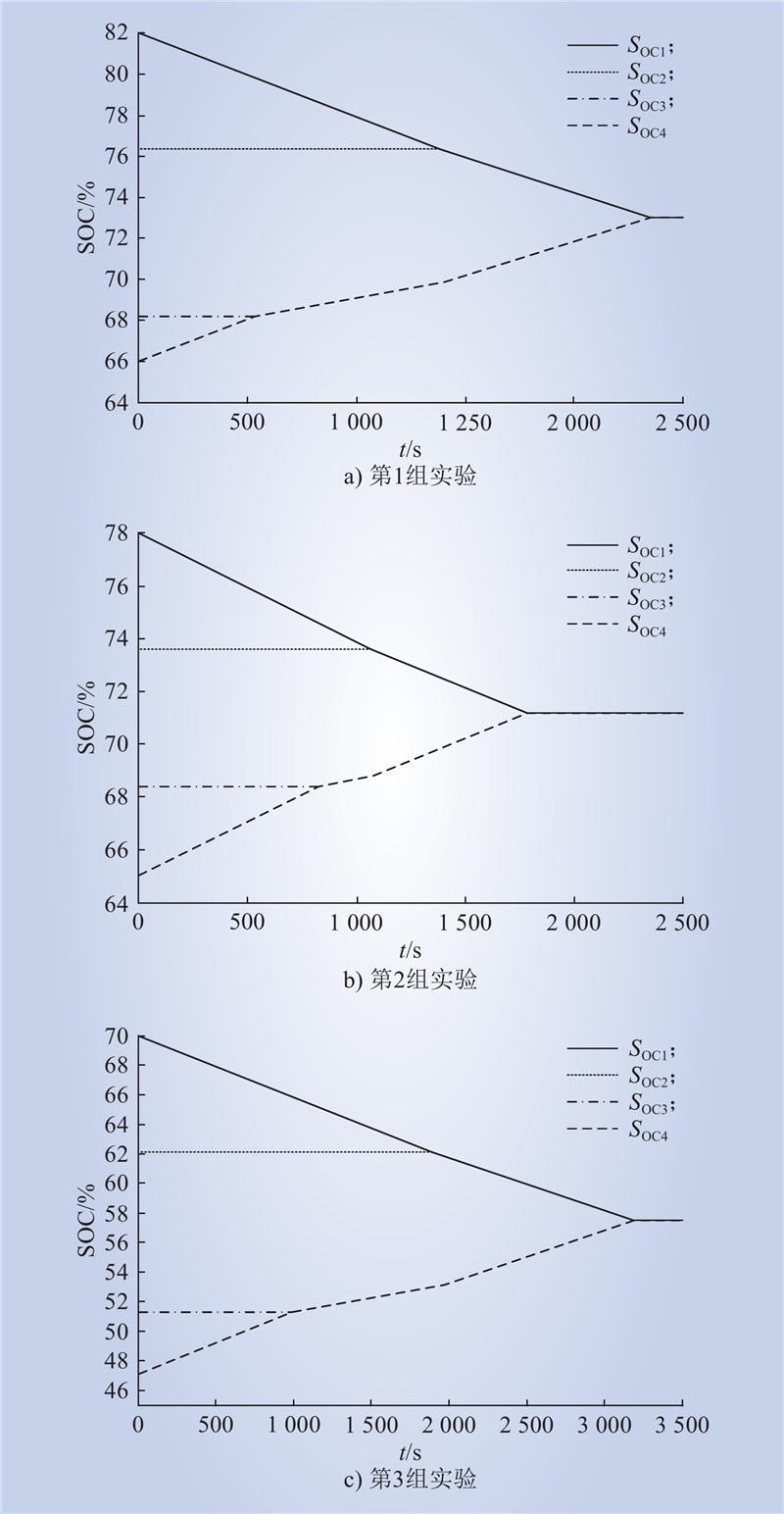| 1 |
潘新慧, 陈人杰, 吴锋. 电化学储能技术发展研究[J]. 中国工程科学, 2023, 25 (6): 225- 236.
DOI
|
|
PAN Xinhui, CHEN Renjie, WU Feng. Development of electrochemical energy storage technology[J]. Strategic Study of CAE, 2023, 25 (6): 225- 236.
DOI
|
| 2 |
李佳蔚, 张冠宇. 大规模分布式新能源接入对省级电网稳定性影响[J]. 中国电力, 2024, 57 (6): 174- 180.
|
|
LI Jiawei, ZHANG Guanyu. Impact of large scale distributed new energy access on provincial power grid stability[J]. Electric Power, 2024, 57 (6): 174- 180.
|
| 3 |
许竞, 赵铁军, 高小刚, 等. 高比例新能源电力系统调节资源灵活性不足风险分析[J]. 中国电力, 2024, 57 (11): 129- 138.
|
|
XU Jing, ZHAO Tiejun, GAO Xiaogang, et al. Risk analysis of insufficient flexibility from regulation resources in high proportion renewable energy power systems[J]. Electric Power, 2024, 57 (11): 129- 138.
|
| 4 |
孙建华, 王佳旭, 杜晓勇, 等. 考虑频率安全约束的高比例风电电力系统储能优化配置策略[J]. 电力科学与技术学报, 2024, 39 (5): 151- 162.
|
|
SUN Jianhua, WANG Jiaxu, DU Xiaoyong, et al. Optimization strategy for energy storage configuration in high proportion windpower system considering frequency safety constraints[J]. Journal of Electric Power Science and Technology, 2024, 39 (5): 151- 162.
|
| 5 |
李红伟, 吴佳航, 王佳怡, 等. 计及P2G及碳捕集的风光氢储综合能源系统低碳经济调度[J]. 电力系统保护与控制, 2024, 52 (16): 26- 36.
|
|
LI Hongwei, WU Jiahang, WANG Jiayi, et al. Low-carbon economic dispatch of a wind, solar, and hydrogen storage integrated energy systemconsidering P2G and carbon capture[J]. Power System Protection and Control, 2024, 52 (16): 26- 36.
|
| 6 |
KOOHI-FAYEGH S, ROSEN M A. A review of energy storage types, applications and recent developments[J]. Journal of Energy Storage, 2020, 27, 101047.
DOI
|
| 7 |
HU X S, SUN F C, ZOU Y. Estimation of state of charge of a lithium-ion battery pack for electric vehicles using an adaptive luenberger observer[J]. Energies, 2010, 3 (9): 1586- 1603.
DOI
|
| 8 |
吴文进, 郭海婷, 苏建徽, 等. 基于自适应模糊PID算法的锂电池组双层均衡控制[J]. 电力系统保护与控制, 2024, 52 (2): 111- 117.
|
|
WU Wenjin, GUO Haiting, SU Jianhui, et al. Dual-layer equalization control of lithium batteries based on an adaptive fuzzy PID algorithm[J]. Power System Protection and Control, 2024, 52 (2): 111- 117.
|
| 9 |
YARLAGADDA S, HARTLEY T T, HUSAIN I. A battery management system using an active charge equalization technique based on a DC/DC converter topology[J]. IEEE Transactions on Industry Applications, 2013, 49 (6): 2720- 2729.
DOI
|
| 10 |
HUA Y, ZHOU S D, CUI H G, et al. A comprehensive review on inconsistency and equalization technology of lithium-ion battery for electric vehicles[J]. International Journal of Energy Research, 2020, 44 (14): 11059- 11087.
DOI
|
| 11 |
刘宇龄, 孟锦豪, 彭乔等. 基于NSGA-II遗传算法的锂电池均衡指标优化[J]. 储能科学与技术, 2023, 12 (6): 1946- 1956.
|
|
LIU Yuling, MENG Jinhao, PENG Qiao, et al. NSGA-II genetic algorithm-based optimization of the lithium battery equalization index[J]. Energy Storage Science and Technology, 2023, 12 (6): 1946- 1956.
|
| 12 |
吴青峰, 褚晓林, 刘立群, 等. 基于VDCG的直流微电网退役锂电池SOC均衡方案[J]. 电力系统保护与控制, 2024, 52 (15): 14- 23.
|
|
WU Qingfeng, CHU Xiaolin, LIU Liqun, et al. SOC balancing scheme for lithium batteries in a DC microgrid based on VDCG[J]. Power System Protection and Control, 2024, 52 (15): 14- 23.
|
| 13 |
GHAEMINEZHAD N, OUYANG Q, HU X S, et al. Active cell equalization topologies analysis for battery packs: a systematic review[J]. IEEE Transactions on Power Electronics, 2021, 36 (8): 9119- 9135.
DOI
|
| 14 |
李路路, 陶正顺, 潘庭龙等. 锂电池分数阶建模及SOC估计策略[J]. 储能科学与技术, 2023, 12 (02): 544- 551.
|
|
LI Lulu, TAO Zhengshun, PAN Tinglong, et al. Research on fractional modeling and SOC estimation strategy for lithium batteries[J]. Energy Storage Science and Technology, 2023, 12 (02): 544- 551.
|
| 15 |
徐文华, 王顺利, 于春梅, 等. 基于Thevenin模型和UKF的锂电池SOC估算方法研究[J]. 自动化仪表, 2020, 41 (5): 31- 36.
|
|
XU Wenhua, WANG Shunli, YU Chunmei, et al. Research on the estimation method of lithium battery SOC based on thevenin model and UKF[J]. Process Automation Instrumentation, 2020, 41 (5): 31- 36.
|
| 16 |
ZHENG Y J, OUYANG M G, LU L G, et al. On-line equalization for lithium-ion battery packs based on charging cell voltages: Part 2. Fuzzy logic equalization[J]. Journal of Power Sources, 2014, 247, 460- 466.
DOI
|
| 17 |
黄炜. 基于SOC估计的锂电池主动均衡策略研究[D]. 杭州: 浙江大学, 2019.
|
|
HUANG Wei. SOC estimation based active balance strategy research for lithium battery[D]. Hangzhou: Zhejiang University, 2019.
|
| 18 |
ZHANG X Q, YAN G X. Estimating SOC and SOH of lithium battery based on nano material[J]. Ferroelectrics, 2021, 580 (1): 112- 128.
DOI
|
| 19 |
朱磊. 电动汽车锂电池SOC估计及均衡控制策略研究[D]. 无锡: 江南大学, 2022.
|
|
ZHU Lei. Research on SOC prediction and equalization control strategy of lithium battery in electric vehicle[D]. Wuxi: Jiangnan University, 2022.
|
| 20 |
傅军栋, 陈浩杰, 孙翔, 等. 基于多Agent的锂电池主动均衡策略控制仿真研究[J]. 华东交通大学学报, 2024, 41 (1): 96- 104.
|
|
FU Jundong, CHEN Haojie, SUN Xiang, et al. Simulation of active equalization strategy control for lithium battery based on multi-Agent[J]. Journal of East China Jiaotong University, 2024, 41 (1): 96- 104.
|
| 21 |
SONG S X, XIAO F, PENG S L, et al. A high-efficiency bidirectional active balance for electric vehicle battery packs based on model predictive control[J]. Energies, 2018, 11 (11): 3220.
DOI
|
| 22 |
MCCURLIE L, PREINDL M, EMADI A. Fast model predictive control for redistributive lithium-ion battery balancing[J]. IEEE Transactions on Industrial Electronics, 2017, 64 (2): 1350- 1357.
DOI
|
| 23 |
SHANG Y L, ZHANG C H, CUI N X, et al. A cell-to-cell battery equalizer with zero-current switching and zero-voltage gap based on quasi-resonant LC converter and boost converter[J]. IEEE Transactions on Power Electronics, 2015, 30 (7): 3731- 3747.
DOI
|
| 24 |
胡官洋. 永磁同步直线电机连续控制集模型预测控制策略研究[D]. 无锡: 江南大学, 2023.
|
|
HU Guanyang. Research on continuous control set model predictive control strategy for permanent magnet linear[D]. Wuxi: Jiangnan University, 2023.
|
| 25 |
IMTIAZ A M, KHAN F H. "Time shared flyback converter" based regenerative cell balancing technique for series connected Li-ion battery strings[J]. IEEE Transactions on Power Electronics, 2013, 28 (12): 5960- 5975.
DOI
|



